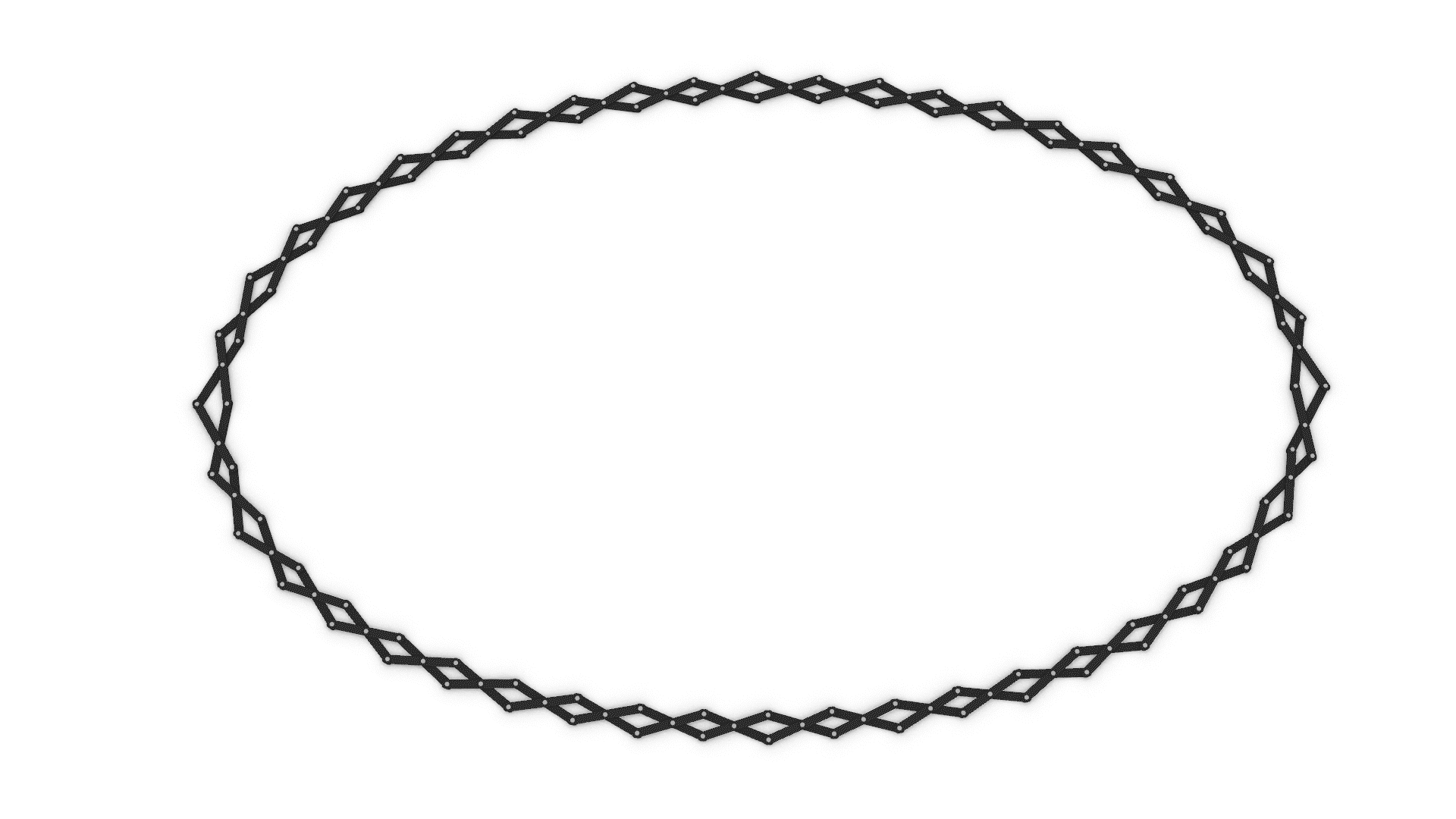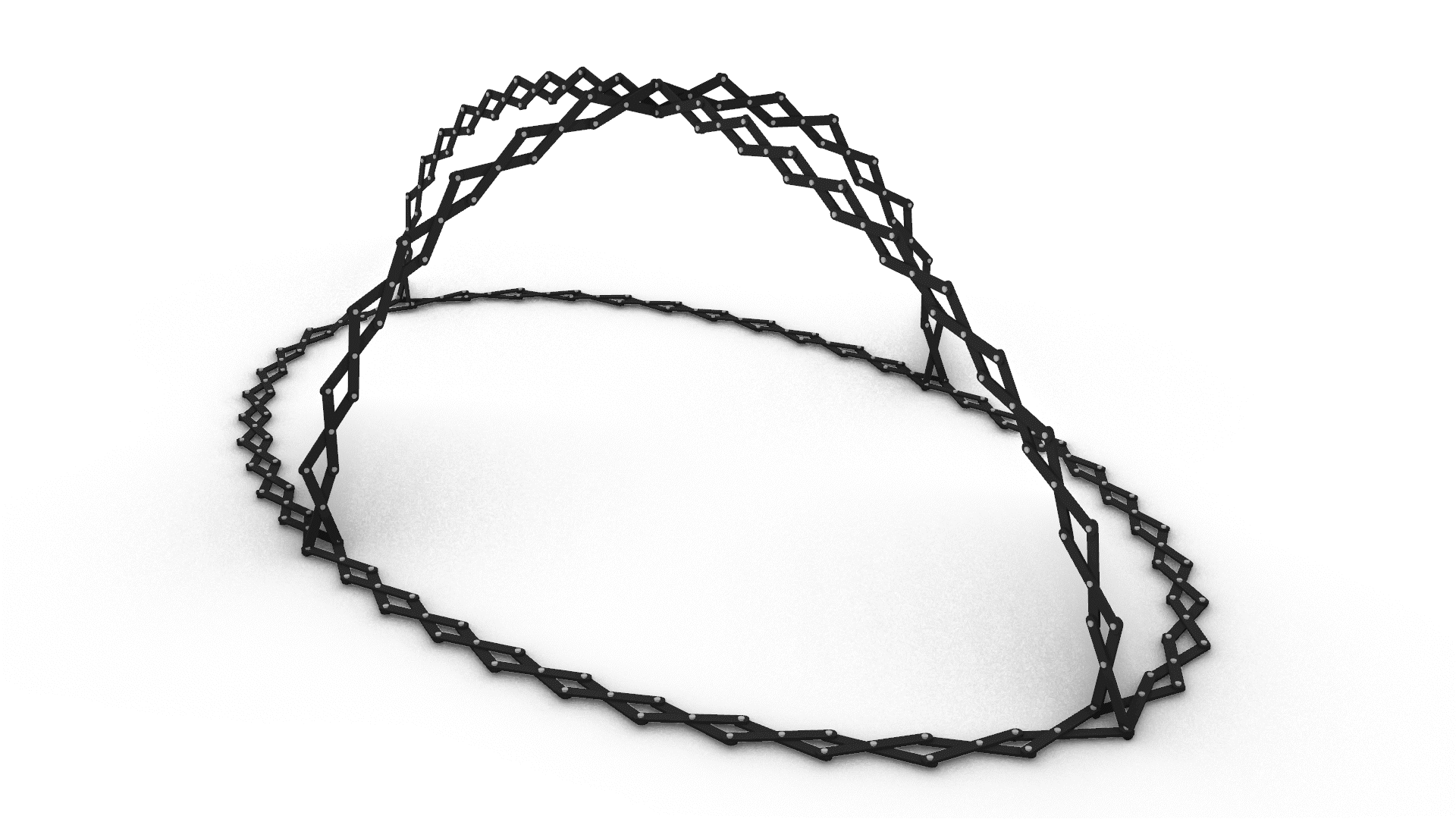Ruderal City is an exploration of public versus private space. It looks at adapting nomadic architectures into a post-modern city by imagining what would happen if residents and visitors could occupy any available space. How far can we carve away our right to private spaces? Using the metaphor of ruderals, plant species that are the first to take root in disturbed or exposed soil, I propose an alternative way we can inhabit the city.
I approached designing the basic unit with the ruderal metaphor in mind: the unit becomes a seed with layers and biological functions. The ability of a seed to migrate from its parent is essential to the metaphor and fortunately tents align well with the nomadic concept I set out to explore.


By looking at the available space and amenities in the community, I imagined how nomadic individuals might begin to change their inhabitation patterns and tent encampments may begin to cluster. Considering the city as a landscape of nutrients and competitors, I began to imagine new forms of architecture springing out of the most popular spots for urban campers.
Various arrangements of tents in encampments are possible. The more popular a location is, the more infrastructure and on-site services that are available to support the campers. Things like washrooms, electricity and cooking spaces can be added to further enhance the lifestyles of nomadic residents. The more services that are added, the more likely people are to camp there and the encampments continue to densify.
The Ruderal City is one with more freedom to dwell. It makes efficient use of abandoned or underused spaces and proposes a survival-of-the-fittest model for inhabitation that considers a unique perspective for how our cities could be organized.